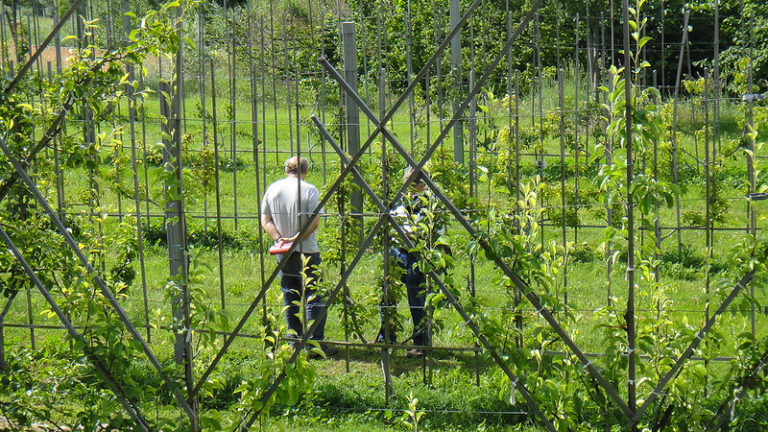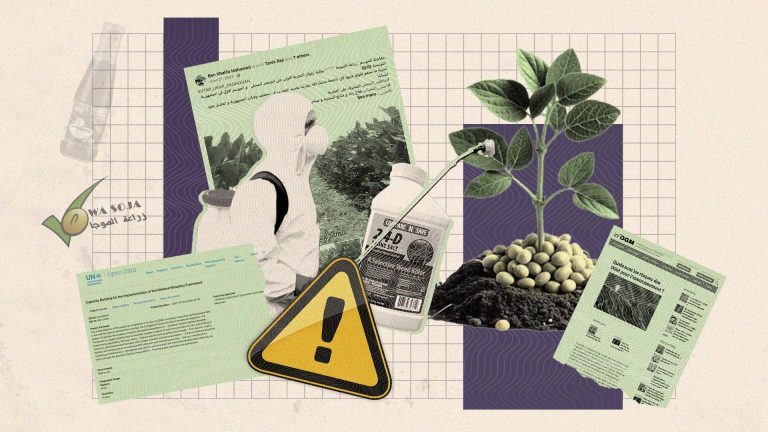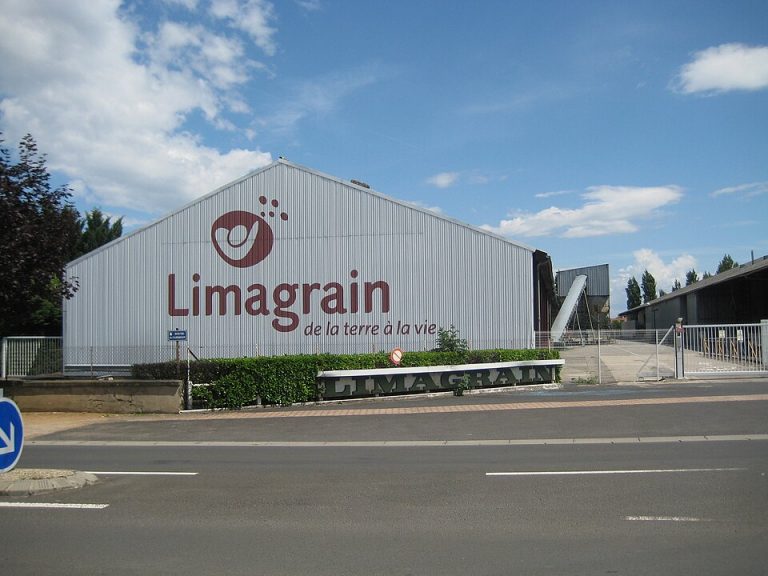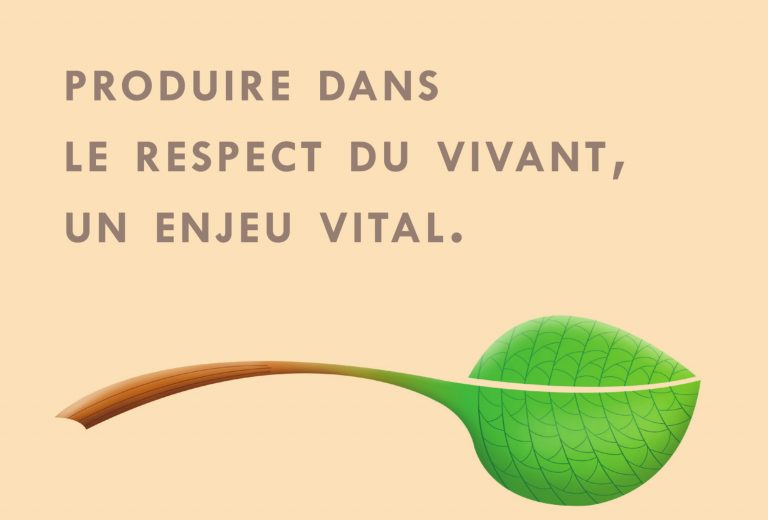Seed marketing reform: freeing cultivated biodiversity or patented GMOs?
For Guy Kastler of the peasants french union Confederation Paysanne, the proposal for a new regulation on “plant reproductive material” is presented as a response to the demands of many farmers, small seed companies, consumers and civil society. Their aim is to put an end to the drastic erosion of cultivated and food biodiversity resulting from the requirement for varieties to be uniform and stable. But abandoning the monopoly of these catalogue standards and plant variety rights does little to conceal the introduction of a new form of market control. This control is carried out by the molecular markers of patented modified genes and by the obligations to chemically and genetically control the collapse of the health of “improved” and genetically modified industrial plants.

While the proposed deregulation of GMOs is attracting a certain amount of attention, a proposal for a regulation on the marketing of seeds and other plant reproductive material is also being discussed in Brussels, albeit on a much more confidential basis. To shed light on what is at stake in these discussions, Inf’OGM is publishing a critical analysis by one of the players involved, Guy Kastler, of the Confederation Paysanne.
On 5 July 2023, the European Commission proposed two new regulatory texts on the same day. The first concerns GMO plants and their deregulation. The second concerns “Plant Reproductive Material” (PRM)1. In the new industrial language, “PRM” refers to what farmers call seeds and seedlings, i.e. the reproductive organs of living organisms which deserve far more attention and respect than any other material.
Removing all national protection for the rights of farmers, conservation networks and amateur gardeners
The European legal framework for the marketing of seeds and seedlings is currently based on ten or so directives, specific to each major plant family, which Member States can adapt in their national laws to suit their particular agricultural and cultural characteristics. The PRM proposal replaces these directives with a regulation that is de facto binding on all Member States and is therefore not open to national interpretation. It cannot be understood without considering its twin proposal on GMOs derived from “new genomic techniques” (NGT)2 and other regulations concerning, in particular, intellectual property, plant health and control of the food chain.
If adopted, it would remove the possibility currently given to Member States to prohibit or define conditions for the cultivation of varieties which, like GMOs, could be harmful to the cultivation of other varieties, to health or to the environment.
It would also regulate all exchanges of seeds and seedlings, including between farmers, biodiversity conservation associations and amateur gardeners, unlike the current directives which apply only to exchanges “with a view to commercial exploitation“, and not with a view to selection and conservation on the farm or in the garden. This framework, hailed as a step forward in the few states that currently ban such exchanges, would be a major setback in those that do not regulate them.
Since 2014, French law has explicitly authorised exchanges between farmers of seeds and seedlings not covered by a plant variety right, including against payment of costs, as part of mutual agricultural assistance, and therefore outside the obligations applying to their marketing. Its “amateur” catalogue, opened in 1998, is not compulsory for marketing seeds that are not intended for commercial cultivation. The PRM proposal defines all these exchanges as marketing and would therefore subject them to the specific constraints of global trade: obligations of “sanitary” sterilisation, analysis, bureaucratic registrations, controls, administrative approvals, etc. It would prohibit exchanges of seedlings between farmers and limit exchanges of seeds to restricted quantities not yet defined. It would subject them to the same health constraints as the global seed trade, which would be far more restrictive than those for agricultural cultivation.
The obligation to multiply exchanged seeds in specific plots, separate from any agricultural cultivation, and to guarantee the absence of any trace of pathogens would remove the main interest of exchanges intended for selection and conservation on the farm, which is to encourage plants to adapt to local growing conditions in order to resist pathogens on their own. A plant can only learn to resist what it knows. This is why this adaptation can only take place in agricultural production plots intended for the market and without the total eradication of all pathogens, and not in conditions of cultivation hyper-artificialized by pesticides and other eradications, made compulsory by health regulations for commercial seed production.
Opening up the market to patented GMOs
All genetic manipulation techniques profoundly destabilise the plant genome. Numerous backcrosses are then necessary to stabilise laboratory varieties – the only ones to be genetically manipulated – and then the elite commercial varieties with which they are crossed to incorporate the modified genes. The requirements for Distinctness, Uniformity and Stability (DUS) of commercial varieties, imposed by the catalogue and plant breeders’ rights (PVR), make this tedious work longer and much more expensive, if not impossible.
Patents on modified genes offer seed companies stricter intellectual protection than PVR, without imposing these DUS constraints. However, the catalogue must no longer impose them either, so that these patented genes can reach the market. European law has already opened up to non-DUS “heterogeneous material“. But this is currently restricted to organic seeds, which reject all GMOs and therefore most patents. The draft PRM regulation wants to open it up to non-organic seeds and therefore to patented GMOs/NTGs. The same applies to new conservation or amateur varieties that are not subject to the DUS requirements of the official catalogue and the PVR3.
Facilitating the confiscation of all peasant and traditional seeds by the patents of a handful of transnational companies
According to the Anses, the proposed GMO/NTG regulation is based on an assumption “with no scientific background” that GMOs derived from NTGs would be similar to plants derived from peasant or traditional breeding4. This assumption is used to justify the removal of the obligation to publish the GMO/NTG identification process. Consequently, the scope of patents covering these GMOs/NTGs would extend to all peasant and traditional seeds naturally containing traits similar to those claimed by these patents5.
Only farmers or small seed growers who, before claiming such patents, have analysed and published all the genetic sequences of all their seeds and deposited a sample of each of them in official collections will then be able to prove that they are not the product of the patented invention. But none of them carry out such analysis, which are far too costly and not essential to their work. In the event of prosecution or seizure on the mere presumption of infringement, they will not be able to prove that they have obtained their seeds without using the patented process, and will be condemned. Opening up the market to GMOs/NTGs would thus facilitate the confiscation of all seeds by these pirate patents.
And, when it comes to registration in the catalogue, the ongoing replacement of phenotypic characterisation of varieties by patented gene markers would make it easier to hunt down counterfeits, whether they are deliberate, the result of chance genetic contamination or the abusive extension of the scope of NTG patents to “native” traits. A test as simple as the Covid test makes it possible to identify a patented gene in the harvest and right up to the supermarket shelf, unlike the phenotypic characteristics of PVR on plants, which can, for the most part, only be identified by moving experts into the fields.
Definitive ban on farm-saved seed
Following strong farmers’ protests, European regulations have recognised the right of farmers to use seeds from their own harvests of varieties covered by a PVR, even if some of their characteristics are patented (in return for royalties). But this right only applies to varieties covered by a PVR. It will not apply to heterogeneous material and new GMO/NTG conservation varieties covered by a patent and not by a PVR6. Farm-saved seed of these varieties containing patented genes, whether heterogeneous or conservation varieties, would therefore become illegal!
Reject all patents on living organisms to liberate cultivated biodiversity!
On 7 February 2024, the European Parliament proposed banning the patentability of plants derived from NTGs. But what’s the point if it doesn’t also ban the patentability of NTG techniques themselves? The scope of a patent relating to a process can extend to all the products resulting from this process and to their reproduction. And, as in the case of patents on plants derived from NTGs, the scope of a patent on an NTG could therefore extend to all plants naturally containing a trait similar to that claimed to have been obtained by that NTG.
Banning all patents on living organisms and other infringements (regulatory, bureaucratic and so-called “sanitary“) of farmers’ rights to save, use, exchange and sell their seeds remains the only way to free cultivated biodiversity once and for all.
- European Parliament, « 2023/0227(COD) – Production and marketing of plant reproductive material in the Union », 2023. ↩︎
- Eric MEUNIER, « La Commission européenne veut en finir avec les OGM », Inf’OGM, 24 July 2023 (in french). ↩︎
- At present, conservation varieties are necessarily old, as their name indicates, and are therefore not patented GMOs/NTGs. But the PRM regulation is not far off the mark in providing that what is conserved is nonetheless new, which allows it to be a GMO/NTG.︎ ↩︎
- Eric MEUNIER, « French Anses experts : GMO deregulation has « no scientific basis » », Inf’OGM, 16 January 2024. ↩︎
- Article 8 and 9 of directive 98/44/CE. ↩︎
- Article 11 of directive 98/44/CE. ↩︎










